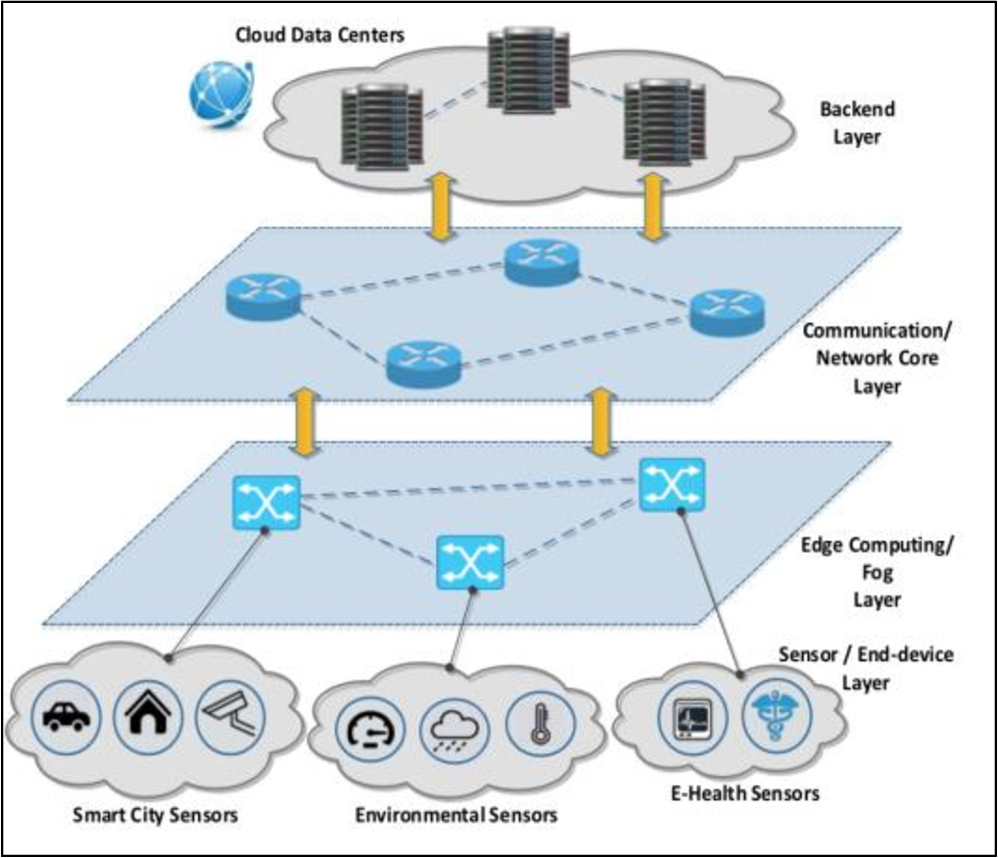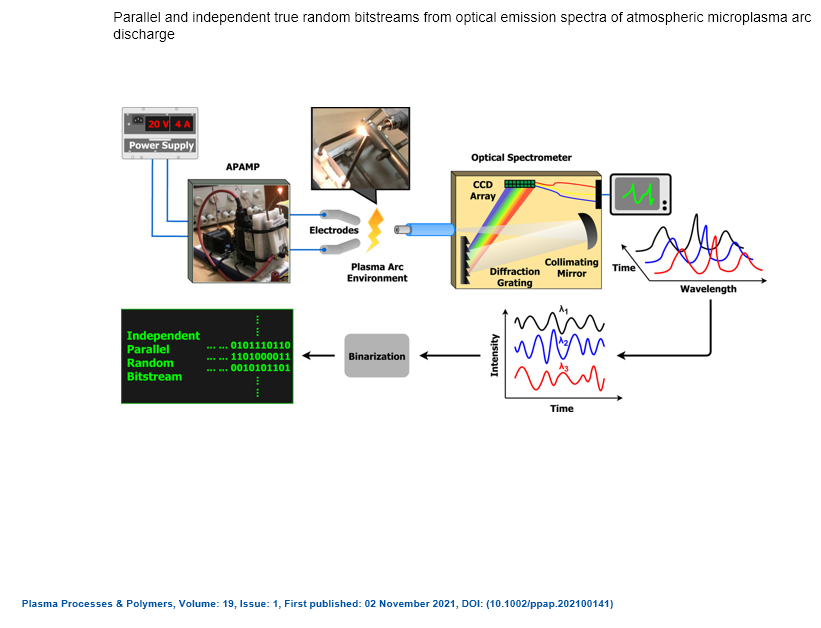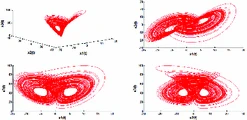Breadcrumb

IoT Modes of Operations with Different Security Key Management Techniques: A Survey
The internet of things (IoT) has provided a promising opportunity to build powerful systems and applications. Security is the main concern in IoT applications due to the privacy of exchanged data using limited resources of IoT devices (sensors/actuators). In this paper, we present a classification of IoT modes of operation based on the distribution of IoT devices, connectivity to the internet, and the typical field of application. It has been found that the majority of IoT services can be classified into one of four IoT modes: Gateway, device to device, collaborative, and centralized. The
Current-Mode Multiplier Accumulator Design using a Memristor-Transistor Crossbar Architecture
This paper discusses the implementation of a Multiplier Accumulator (MAC) design using memristor and crossbar architecture. MAC consists of an array of memristors alongside transistors making a cell that works as a switch (i.e., turned ON or OFF). When a cell is selected, it adds the current in the array path, followed by a current mirror circuit amplified to determine the accumulated current. A traditional MAC is also implemented to compare it with the proposed MAC. The proposed MAC consumed power of 3.9μW, while the traditional MAC consumed power of 19μW. The delay of the proposed MAC is 1
Reliability and Security Analysis of an Entanglement-Based QKD Protocol in a Dynamic Ground-to-UAV FSO Communications System
Quantum cryptography is a promising technology that achieves unconditional security, which is essential to a wide range of sensitive applications. In contrast to optical fiber, the free-space optical (FSO) link is efficiently used as a quantum channel without affecting the polarization of transmitted photons. However, the FSO link has several impairments, such as atmospheric turbulence and pointing errors, which affect the performance of the quantum channel. This paper proposes a quantum key distribution (QKD) scheme that uses a time-bin entanglement protocol over the FSO channel that suffers
Modeling of Soft Pneumatic Actuators with Different Orientation Angles Using Echo State Networks for Irregular Time Series Data
Modeling of soft robotics systems proves to be an extremely difficult task, due to the large deformation of the soft materials used to make such robots. Reliable and accurate models are necessary for the control task of these soft robots. In this paper, a data-driven approach using machine learning is presented to model the kinematics of Soft Pneumatic Actuators (SPAs). An Echo State Network (ESN) architecture is used to predict the SPA’s tip position in 3 axes. Initially, data from actual 3D printed SPAs is obtained to build a training dataset for the network. Irregularintervals pressure
Modeling and characterization of carrier mobility for truncated conical quantum dot infrared photodetectors
In the present paper, a theoretical model for calculating the carrier mobility which is a result of the existence of a truncated conical quantum dots of n-type quantum dot infrared photodetectors (QDIPs) is developed. This model is built on solving Boltzmann’s transport equation that is a complex integro-differential equation describing the carrier transport. The time-domain finite-difference method is used in this numerical solution. The influences of dimensions and density of the QDs for this structure on the carrier mobility are studied. Eventually, the calculated mobility for truncated
Arithmetic optimization approach for parameters identification of different PV diode models with FOPI-MPPT
The Maximum Power Point Tracker (MPPT) provides the most efficient use of a Photo-voltaic system independent of irradiance or temperature fluctuations. This paper introduces the modeling and control of a photo-voltaic system operating at MPPT using the arithmetic optimization algorithm (AOA). The single and double Photo-voltaic models are investigated. Their optimal unknown parameters are extracted using AOA based on commercial Photo-voltaic datasheets. A comparison is performed between these optimal parameters extracted by AOA and other optimization techniques presented in the literature
In silico identification of potential key regulatory factors in smoking-induced lung cancer
Background: Lung cancer is a leading cause of cancer-related death worldwide and is the most commonly diagnosed cancer. Like other cancers, it is a complex and highly heterogeneous disease involving multiple signaling pathways. Identifying potential therapeutic targets is critical for the development of effective treatment strategies. Methods: We used a systems biology approach to identify potential key regulatory factors in smoking-induced lung cancer. We first identified genes that were differentially expressed between smokers with normal lungs and those with cancerous lungs, then integrated
Hadronization correspondence of Hawking-Unruh radiation from rotating and electrically charged black holes
The proposed correspondence between the Hawking-Unruh radiation mechanism in rotating, electrically-charged, and electrically-charged-rotating black holes and the hadronization process in high-energy collisions is assumed here. This allows us to determine the well-profound freezeout parameters characterizing the heavy-ion collisions. Furthermore, black holes thermodynamics is found analogous to a to that of the high-energy collisions. We also introduce a relation expressing the dependence of the angular momentum and the angular velocity deduced from rotating black holes on the chemical

Parallel and independent true random bitstreams from optical emission spectra of atmospheric microplasma arc discharge
In this study, we propose the possibility of generating several parallel and independent random bitstreams from the time-varying optical emission spectra of an atmospheric pressure air microplasma system. This is achieved by splitting the plasma arc emission into discrete wavelengths using an optical spectrometer and then monitoring the fluctuating intensities of each wavelength as an independent time series. As a proof of concept, we considered eight wavelengths centered at 377.8, 389.1, 425.8, 591.4, 630.5, 673.0, 714.2, and 776.4 nm corresponding to atomic emissions lines from species

Control of new type of fractional chaos synchronization
Based on stability theory of linear fractional order systems and stability theory of linear integer order systems, the problem of coexistence of various types of synchronization between different dimensional fractional chaotic systems is investigated in this paper. Numerical and simulation results have clearly shown the effectiveness of the novel approach developed herein. © 2018, Springer International Publishing AG.
Pagination
- Previous page ‹‹
- Page 22
- Next page ››
